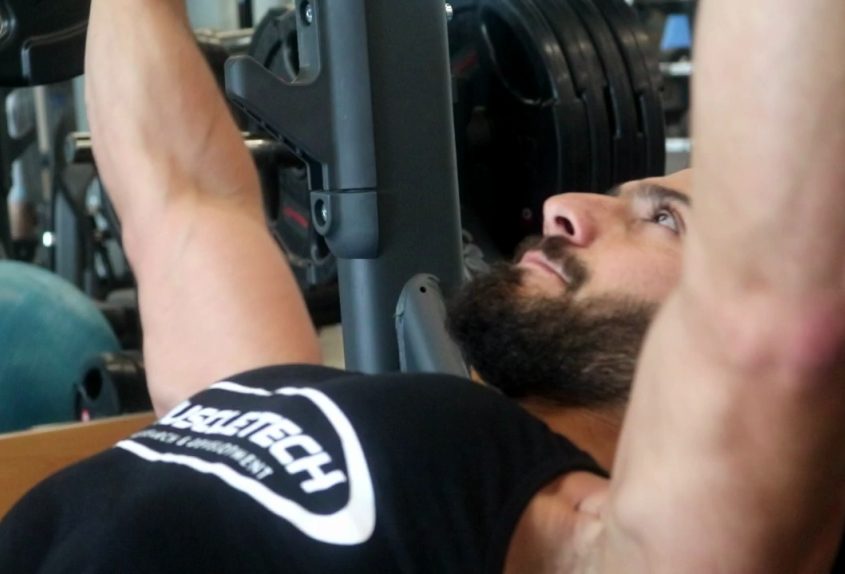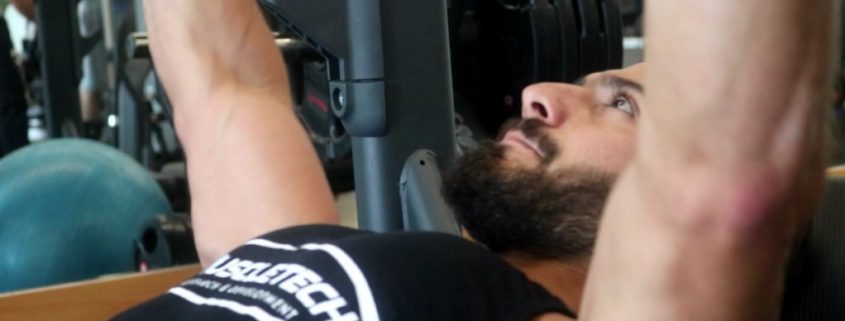THE BEST WAY TO AN INCREDIBLE PEC PUMP
/in MuscleTech, Training /by Admin
Featuring MuscleTech Ambassador @nourkaaki
Partials, Isometrics and High Reps for One of the Most Blistering Chest Pumps You’ll Ever Create!
Nothing special about the exercise really, but today you’re going to arrange each of four sets with a slightly different focus to create one of the most hellacious pumps you’ve ever experienced!
A Little Background First
Hint: Set the seat height so your shoulders, elbows and hands are in the same horizontal plane, and keep your elbows up during the entire motion so all three remain in correct biomechanical position.
With your hands out wide, the Pec Deck blasts the outer pectoral region. When you draw your hands together, the inner pecs are more thoroughly worked. The inner portion is where we’ll focus on this four-set finishing move done at the end of your chest routine.
Getting Started
Picking the right load is essential. Choose one in which you can just reach 12 reps, sometimes called your 12RM. You shouldn’t be able to do one more rep with good form.
SET 1
SET 2
Form Pointer: Keep a big chest throughout with your shoulders back. Allow your pecs to swell on the negative rep as your shoulder blades pinch together. And remember not to drop your elbows!
SET 3
SET 4
Your last set starts like the first one: 10 regular, full-range reps. But that’s where the fun begins! After reaching 10, do as many quarter reps as possible . . . 10, 15, 20, 25, I’ve even reached 30! Take your inner pecs to total failure: Get help from your partner, use a faster rep speed, add a little momentum, do a drop set, just keep going. Once you’re done, your chest is quite literally done!
Fast Fact: High-rep sets cause a deep muscle burn via accumulation of metabolic ions, including lactate. The technical name of this hypertrophic mechanism is called metabolic stress, which is linked to increases in anabolic hormones like IGF-1, testosterone and growth hormone. Of note, there are two other mechanisms of hypertrophy: mechanical stress (which disturbs the structural integrity of muscle cells
Powered by MuscleTech







